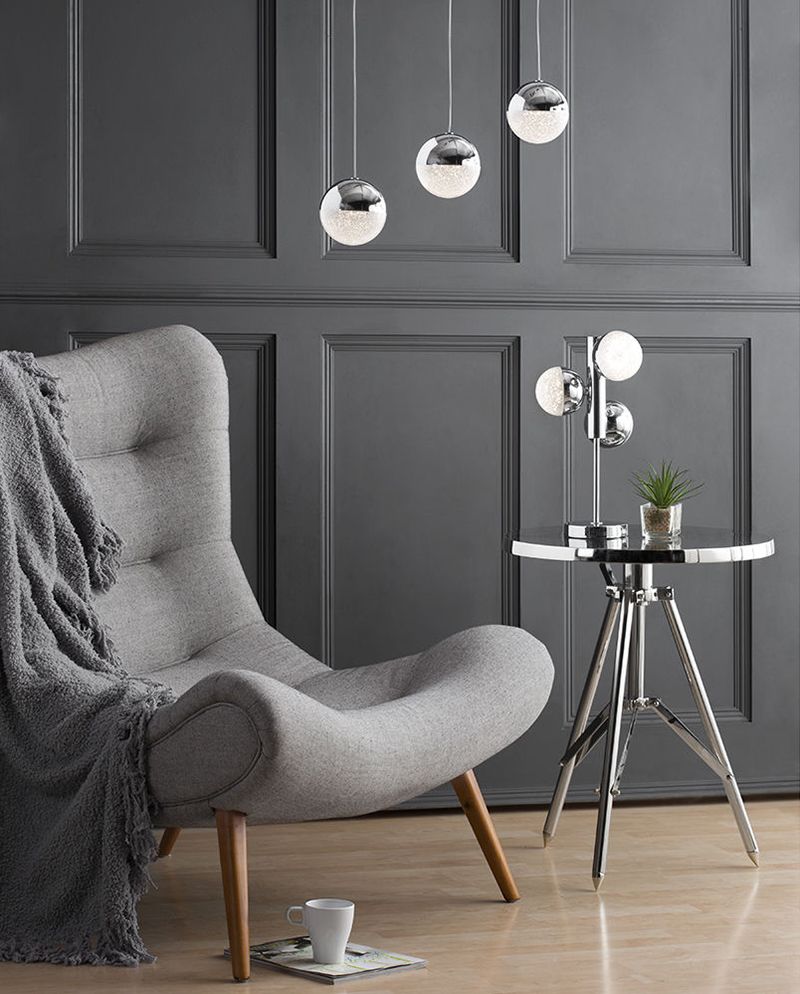Lighting Mistakes To Avoid

As humans, we all make mistakes. So it comes as no surprise that we can even be making mistakes with our lighting and not even know it. Read on to discover ways in which you can avoid them!
-
Not using enough lighting
Avoid relying on just one lighting source. Adding different levels of light and layering your interiors with pools of illumination will create a warming and intimate ambience as well as highlighting certain areas. Every corner of the home requires a specific style of light. Take for instance the kitchen area, prepping areas need down-lighters and spotlights to give a direct pool of light. Eating areas can manage with more subtle lighting from the use of pendant shades. Whilst breakfast bars and kitchen islands will benefit from a central ceiling light.
-
Too much lighting
We all love a bit of illumination, creating contrast and ambience with the use of task lighting. Adding table lamps and wall lights to accentuate certain aspects of your home. What you need to avoid is to over-illuminate your interiors. Over-illumination has been linked to headaches, fatigue and anxiety. Having too much bright light can dazzle you and your guests. Too much light can also be unflattering and harsh on our eyes. Lighting should be used as a practical aid as well as a decorative addition, adding pools of light to accentuate working areas such as kitchen work tops and your dressing table. We recommend using dimmers as they allow you to control the level of light in a room.
-
Not illuminating your wardrobe space
We've all been there, standing heavy-eyed at the wardrobe in the pitch black of the bedroom as your partner catches another ten minutes in bed. It can be difficult to see what’s hiding in your wardrobe especially during those dark mornings. That’s why we think adding a practical lighting source to your wardrobes and other storage areas is essential. Choose Over cupboard arm lighting or LED strip lights to give a much needed illumination over your clothes and accessories.
-
Installing light switches in the wrong place
Switches should be around 36 inches above the floor to allow for excess cable space. Install switches on the open side of a door and avoid the hinged side so you’re not having to reach around the door to press the switch. To help, try and visualise your daily routines, walk in and out of a doorway and imagine pressing the switch as you enter and leave.
-
Don’t forget about the dimmers
Controlling the lighting in a room is key, this way you can adjust the light to suit your specific needs. Whether you’re reading, crafting with the kids or suffer with sensitive eyes a dimmer is beneficial. Dimming a light also has economic advantages. You can save up to 98 percent in energy when you dim a light. Reducing the wattage of a bulb with a dimmer will give your bulb more longevity, therefore saving you money in the long run.
-
Choosing the right wattage for the right room
If you don’t have dimmers, take notice of the bulb wattage you use in your light fittings. Litecraft recommend using a variety of different wattage in each fitting depending on the area you are choosing to illuminate. For instance, a reading corner will benefit from a higher wattage between 50w and 60w. Whilst a lower wattage for the dining area such as a 28w will give a moodier and more intimate ambience. For applying makeup at a dressing table choose a higher wattage to cast enough light onto the face.

If any of these tips and tricks worked for you, make sure to let us know via social media! By tagging us @litecraftlighting on Instagram, you also might get featured on our feed!





